Understanding the 450 RPM Generator
The 450 rpm generator category encompasses a variety of power-generating equipment designed to operate efficiently at a rotational speed of 450 revolutions per minute. This specific speed is a critical operational parameter for certain industrial applications where precision and control over the power output are essential.
Types and Applications
Generators operating at 450 rpm can be found in several forms, including diesel-powered units and those designed for renewable energy applications like wind power. These generators are commonly employed in sectors such as construction, agriculture, and backup power systems where their specific speed allows for optimal performance.
Technical Features
Generators in this category are engineered with a focus on durability and efficiency. They often feature robust construction materials that ensure longevity even in demanding operational conditions. The technical design of a 450 rpm wind generator is tailored to capture wind energy effectively at lower rotational speeds, which is beneficial in areas with varying wind speeds.
Materials and Construction
The construction of a low rpm generator typically involves high-grade metals and alloys that provide the necessary strength and resistance to wear. Components such as the rotor and stator are designed to withstand the stresses associated with consistent low-speed rotation, ensuring reliable performance over time.
Advantages of 450 RPM Generators
One of the primary advantages of a low-speed generator is the reduced mechanical stress on components, leading to less wear and potentially lower maintenance requirements. Additionally, these generators can be more efficient in converting kinetic energy into electrical power at lower speeds, which is particularly advantageous for wind power applications.
Environmental Impact and Efficiency
The 450 rpm diesel generator and 450 rpm wind generator both contribute to energy solutions that can be tailored to specific environmental conditions. The efficiency of these generators at lower speeds often translates into better fuel economy for diesel models and more consistent energy production from wind models, which can be crucial for sustainable energy practices.










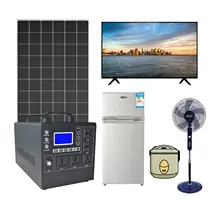








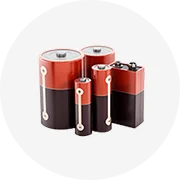
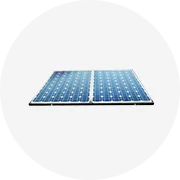
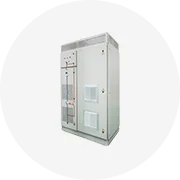
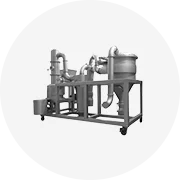
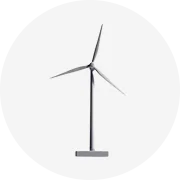
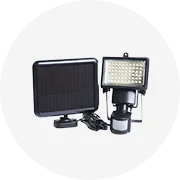
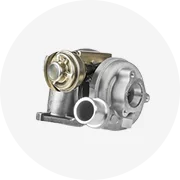
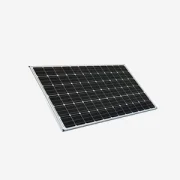








 浙公网安备 33010002000092号
浙公网安备 33010002000092号 浙B2-20120091-4
浙B2-20120091-4